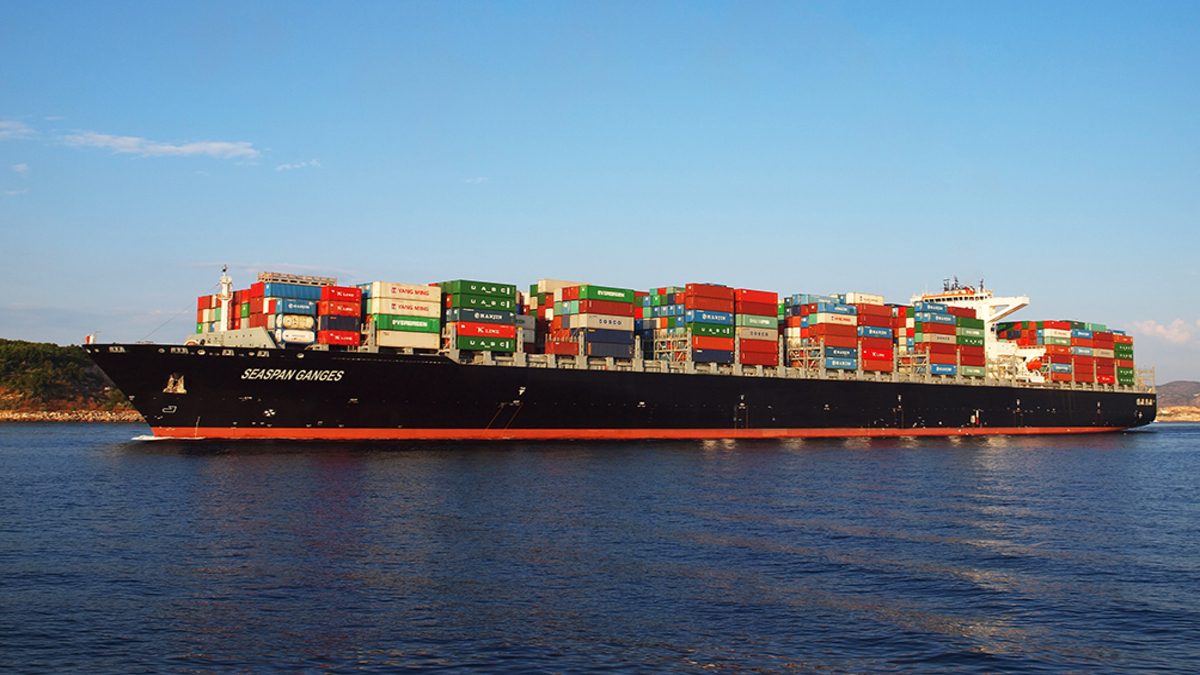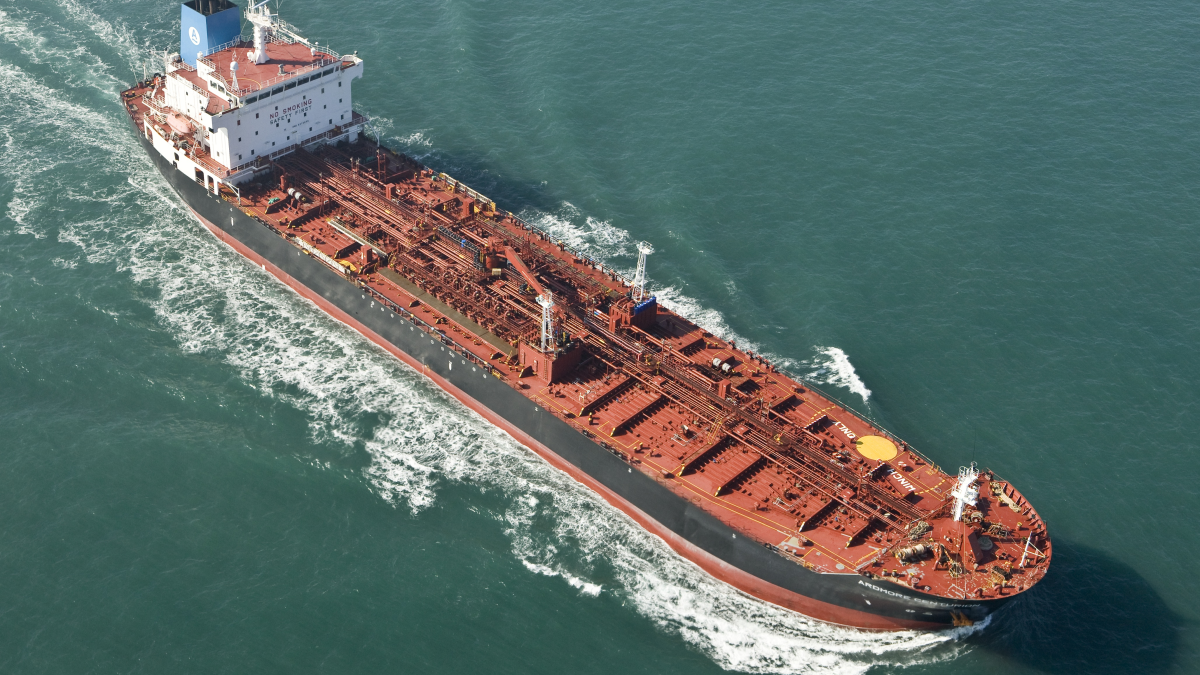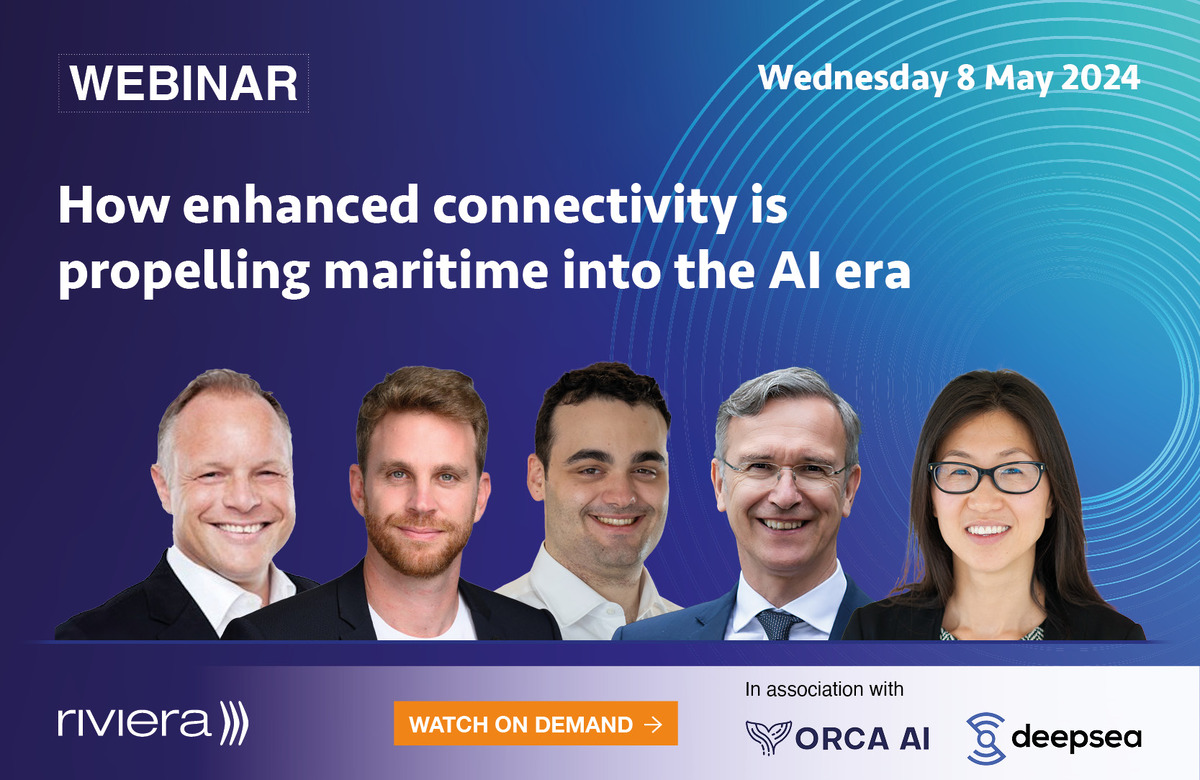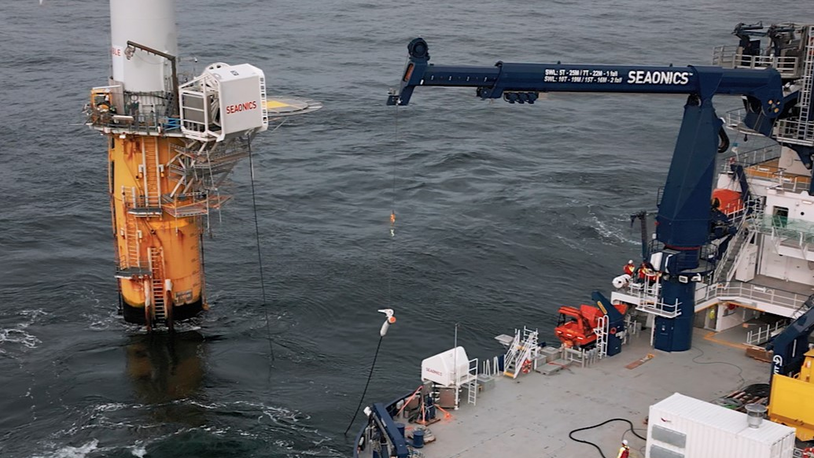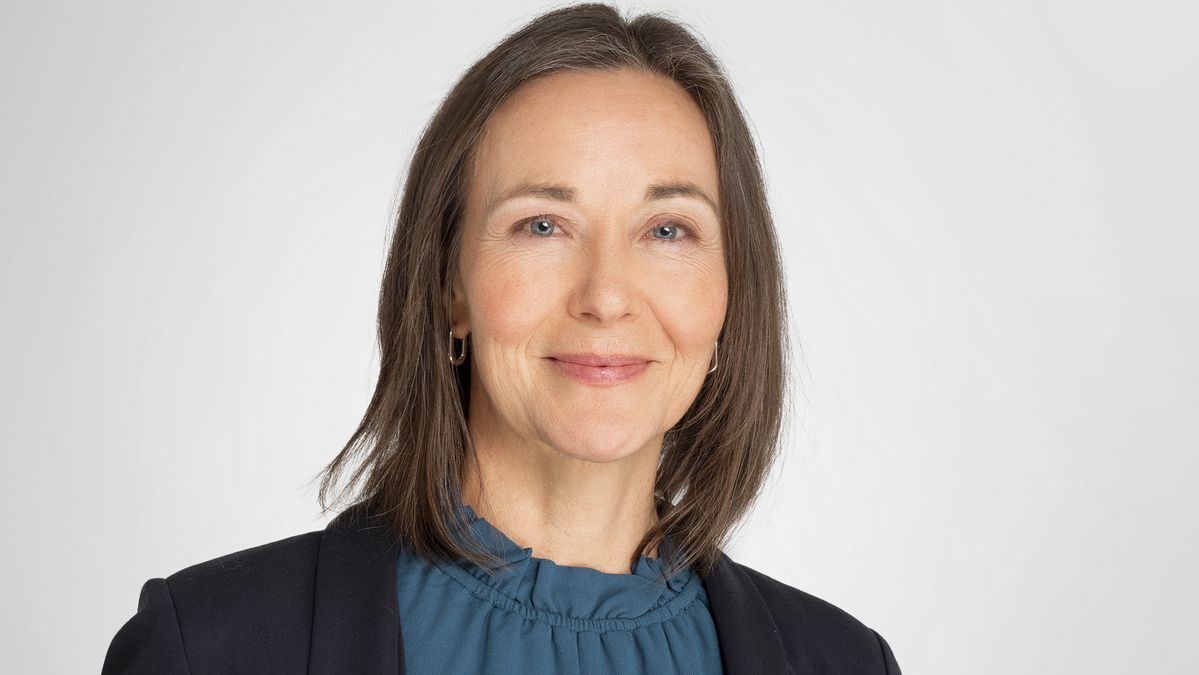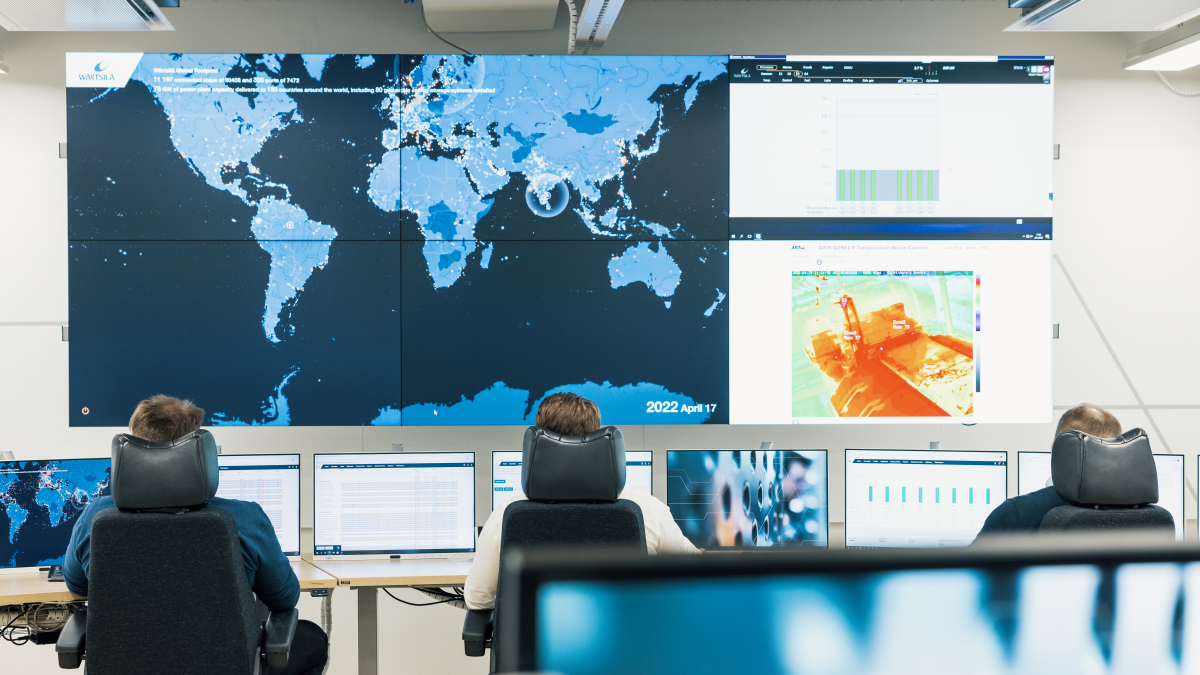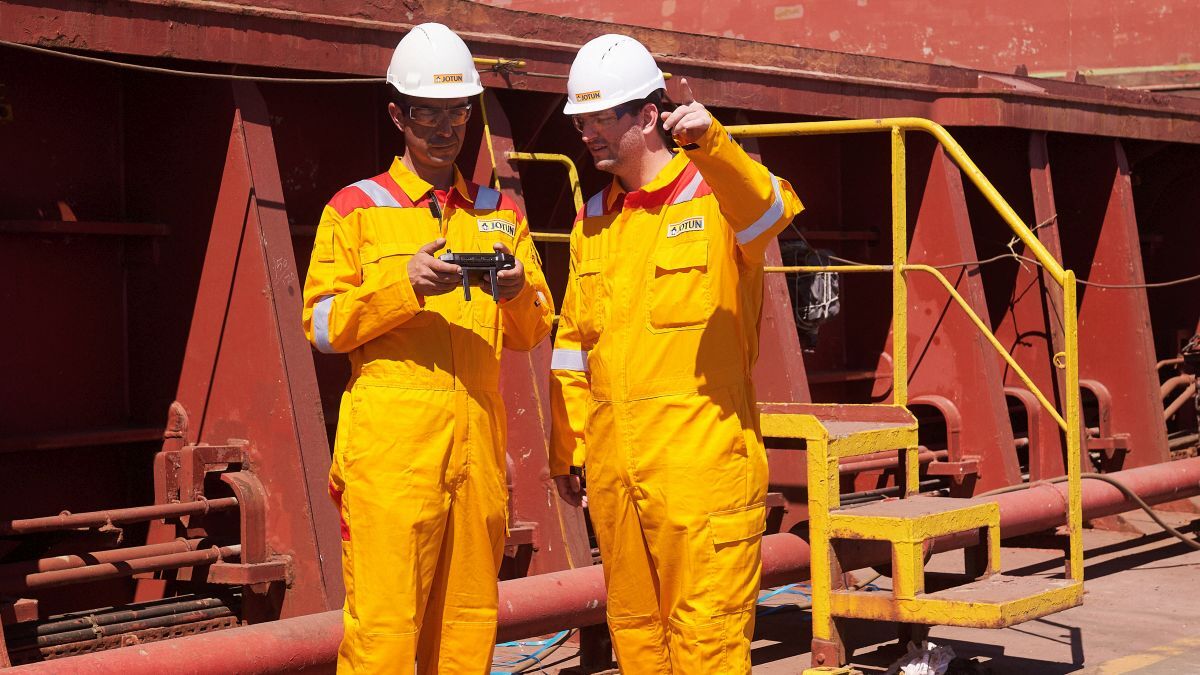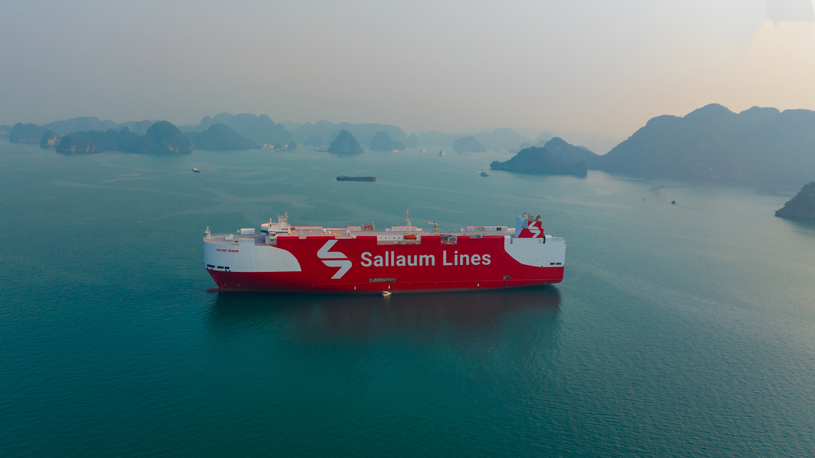Business Sectors
Events
Contents
Register to read more articles.
Connectivity propels maritime into the AI era
Faster, low-latency connectivity is driving artificial intelligence (AI) adoption in the maritime industry for money and time-saving applications
Low earth orbit (LEO) satellites, such as Elon Musk’s SpaceX Starlink, Eutelsat OneWeb and Iridium, enable global connectivity with low latency even in high latitudes and polar seas, facilitating video, voice communications and data transfers to cloud-based depositories from ships.
AI and machine learning is transforming the shipping industry, as algorithms automate and accelerate data processing and analytics, providing vessel owners and charterers with high-quality insight for rapid decision making.
AI is enabling vessel and voyage optimisation and maintenance applications, said industry experts and shipowners during Riviera Maritime Media’s How enhanced connectivity is propelling maritime into the AI era webinar, held 8 May in association with Orca AI and Deepsea AI.
Seaspan chief operating officer Torsten Pedersen, Orca AI chief executive Yarden Gross, Deepsea AI chief executive Konstantinos Kyriakopoulos, DNV senior vice president and director for strategic development Pierre Sames and Ardmore Shipping commercial project manager Ha Eun Ruppelt.
They explored how LEO constellations are paving the way for innovations in situational awareness, weather insights, engine monitoring and other advanced applications and discussed how connectivity unlocks AI-driven analytics delivering value to shipowners in improved safety, efficient fleets and effective crew.
Mr Pedersen said there are huge benefits to shipping companies from implementing LEO communications and AI applications. “Benefits are out there for all. If there are inefficiencies, these can be removed,” he said.
Advantages Seaspan has identified include enhanced connectivity with higher bandwidth, reduced operational costs, improved asset efficiency and better remote support.
“We have improved remote support and have faster download speeds”
Seaspan has deployed Starlink across its fleet of more than 200 container ships for crew connectivity and welfare, for operational communications and real-time monitoring, IT support and fleet management.
“We have Starlink across the fleet globally,” said Mr Pedersen. “It has become the foundation of what we can do. There were immediate benefits in crew welfare, enabling seafarers to be in constant contact with families through video.”
Ships still have very small aperture terminal (VSAT) connectivity to geostationary satellites as back-up, but 95% of the time vessels in the fleet are using Starlink.
“We have improved remote support and have faster download speeds,” said Mr Pedersen. “We use Starlink to collect data automatically for emissions monitoring, reporting and verification across the fleet.”
Seaspan also uses Orca AI to improve navigational safety, prevent near misses and accidents, and optimise voyages to save fuel.
“Our ships are offices with the same standards for data transfers with direct links to data lakes,” said Mr Pedersen. “The business case is driving operational efficiencies and improvements in safety.”
Ardmore Shipping is using low-latency, high-throughput connectivity for crew welfare on its tankers and AI for automated reporting, improving safety and vessel optimisation.
“AI is an exterior platform that enables companies and crew to do better things,” Ms Ruppelt said. “It reduces processing time drastically for real-time decision making and there is less administration. With connectivity, we can harness higher quality data and link data to AI learning so it can make adjustments,” she added.
This becomes a learning loop for algorithms to optimise further and improve the efficiency and accuracy of data processing. “Connectivity helped us get to the new era of AI,” said Ms Ruppelt. “But there needs to be an organisation behind the system. We need true engagement with staff at sea.”
Applying AI can help to solve an operational or commercial problem, to improve performance, reduce costs or provide a commercial benefit. “It has to be an operational fit, to solve problems, streamline operations and shorten the time spent decision making,” said Ms Ruppelt.
“[Shipowners] need to know what the priority is. Is it speed, fuel consumption or commercial opportunity? Every voyage has a different priority.”
Classification viewpoint
DNV’s Mr Sames agreed LEO connectivity can significantly improve crew welfare and attract talented crew and “lead to better algorithms, ship performance and higher safety.”
“Connectivity is propelling maritime into the AI era with global fleets connected and a massive increase in data from ships causing a wave of optimisation,” he said.
“Ships are as accessible as floating offices, but there needs to be the right technical safeguards.”
Cyber security is essential when LEO communications open IT and operational technology on ships to online threats.
“AI-enabled systems are the new frontier and need to be trustworthy across the life of systems and ships,” said Mr Sames. “Data infrastructure needs to be in place for the benefits to be unlocked. Digital safety is important.”
He recommended testing software updates and using digital twins to test cyber safety such as at DNV’s simulation trust centre.
Before shipowners invest in AI, they need to set out their requirements and performance or safety improvements, then ensure AI meets their expectations. For example, “an electronic lookout should be similar or better than a human lookout,” said Mr Sames. “Cameras should look further ahead and object detection algorithms should identify maritime obstacles and ships.”
AI applications
Orca AI developed a digital watchkeeper to improve ship navigation and a platform for using algorithms to optimise vessel operations and the FleetView office dashboard. “Connectivity is the enabler to use AI and get efficiencies and performance improvements,” said Mr Gross. “Our industry is going through a revolution with technology, making it more sustainable and improving operations.”
The digital watchkeeper provides information on top of the view from the bridge, similar to augmented reality, helping navigators to identify hazards and objects earlier, enabling them to take avoidance manoeuvres earlier and reduce fuel consumption.
“We increased vessel safety, with on average a 33% reduction in close encounters using Orca AI, and improved fuel efficiency by 3% on average, which improves sustainability and reduces emissions,” said Mr Gross.
FleetView provides “operational teams with actionable insights to raise operations and make better decisions using the available information, improves performance and reduces the workload for those on ships.”
“We get the best model for fuel consumption or route optimisation, which means substantial savings”
Mr Kyriakopoulos said real-time communications means data, including ship speed, engine revolutions, power usage and fuel consumption, can be transferred every minute to cloud platforms and instructions can be sent back to ships instantaneously.
“High-frequency measurements mean owners get all of the information of what is happening and deep-learning modelling algorithms can be used,” he said.
This means owners get higher accuracy of fuel consumption on a voyage to +99% accurate and models are dynamically updated from the data. It is also possible to measure draught, trim, weather effects and hull fouling.
“We can transfer learning between multiple vessels across a fleet,” said Mr Kyriakopoulos. “We get the best model for fuel consumption or route optimisation, which means substantial savings.”
For vessel positioning, automatic identification system (AIS) data is used and fed into the AI model. “With real-time data we can re-optimise a voyage if the weather changes, optimise rpm and send instructions directly to the engine,” Mr Kyriakopoulos continued.
“We are modelling individual vessels using AI, using dynamic route optimisation and can optimise the maintenance of the hull, engines and generators. We can deliver 10% savings from operating costs.”
Webinar poll results
Attendees were asked to vote on a series of poll questions during the webinar. Here is a summary of the results.
What is the biggest challenge in implementing AI technologies in the maritime sector?
Regulatory hurdles: 10%
Data availability and quality: 50%
Technical infrastructure: 25%
Resistance to change: 15%
Which AI application do you think has the most potential to revolutionise the maritime industry?
Predictive maintenance: 20%
Autonomous vessels: 30%
Route optimisation: 35%
Cargo management: 15%
Which area of vessel performance optimisation has the greatest potential for improvement through the application of AI and enhanced connectivity?
Fuel efficiency and emissions reduction: 44%
Safety and collision avoidance: 6%
Predictive maintenance and asset management: 17%
Voyage planning and route optimisation: 33%
Which aspect of vessel and voyage optimisation do you believe has the greatest potential for improvement through the application of AI and deep learning?
Fuel consumption prediction and optimisation: 26%
Route planning and weather routeing: 24%
Speed profile optimisation and management of estimated time of arrival: 22%
Hull and propulsion system maintenance and efficiency: 17%
Cargo loading and stowage optimisation: 11%
Which aspect of AI implementation in the maritime industry do you consider the most challenging?
Ensuring the quality and reliability of data for AI development: 30%
Addressing cyber security risks and vulnerabilities: 10%
Validating and certifying AI-enabled systems for safe and reliable operation: 15%
Adapting workforce skills and training to effectively utilise AI technologies: 25%
Managing the ethical and societal implications of AI adoption: 20%
Which of the following statements best summarises how maritime professionals will relate to AI’s future role in day-to-day operations?
Essential, with AI serving as a tool to enhance decision-making and performance: 25%
Collaborative, with maritime professionals and AI systems working together seamlessly to optimise operations: 28%
Dominant, with AI taking over many tasks previously performed by maritime professionals: 5%
Supervisory, with maritime professionals primarily responsible for overseeing and managing AI systems: 18%
Uncertain, with the long-term impact of AI on the roles of maritime professionals still to be determined: 3%
Transformed, with AI fundamentally reshaping the nature of work in the maritime industry: 21%
(source: Riviera Maritime Media)
On the panel of Riviera’s How enhanced connectivity is propelling maritime into the AI era webinar were: Seaspan chief operating officer Torsten Pederson, Orca AI chief executive Yarden Gross, Deepsea AI chief executive Konstantinos Kyriakopoulos, DNV senior vice president and director for strategic development Pierre Sames and Ardmore Shipping commercial project manager Ha Eun Ruppelt.
Related to this Story
Women in Maritime Today: Elin Saltkjel says no day working in maritime is dull
Events
Maritime Environmental Protection Webinar Week
Cyber & Vessel Security Webinar Week
The illusion of safety: what we're getting wrong about crews, tech, and fatigue
Responsible Ship Recycling Forum 2025
© 2024 Riviera Maritime Media Ltd.


